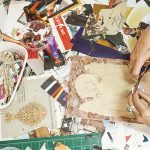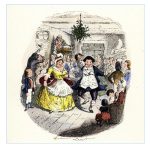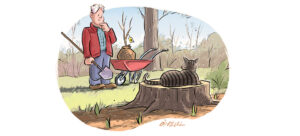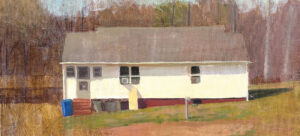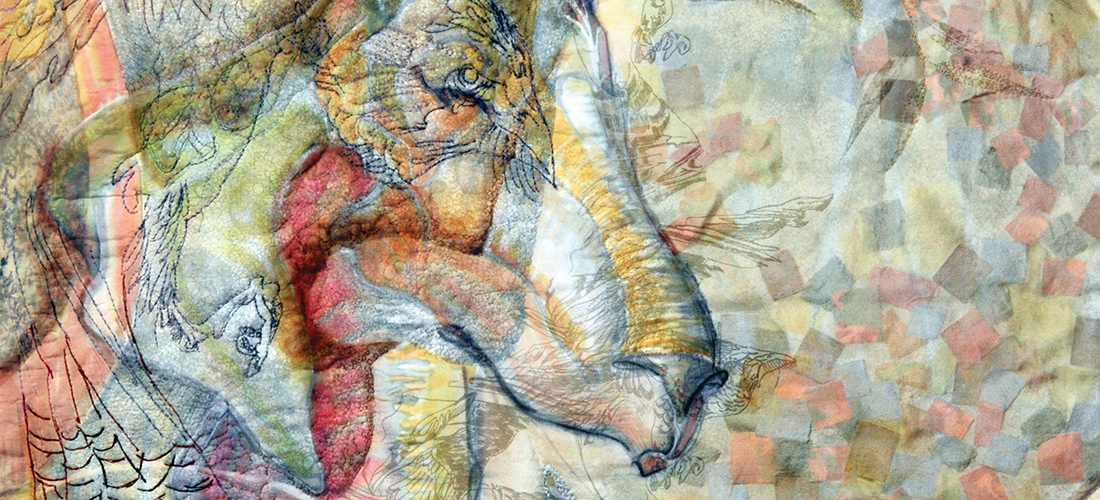
Building Community
An artist and teacher, September Krueger finds connections through her practice
By Liza Roberts
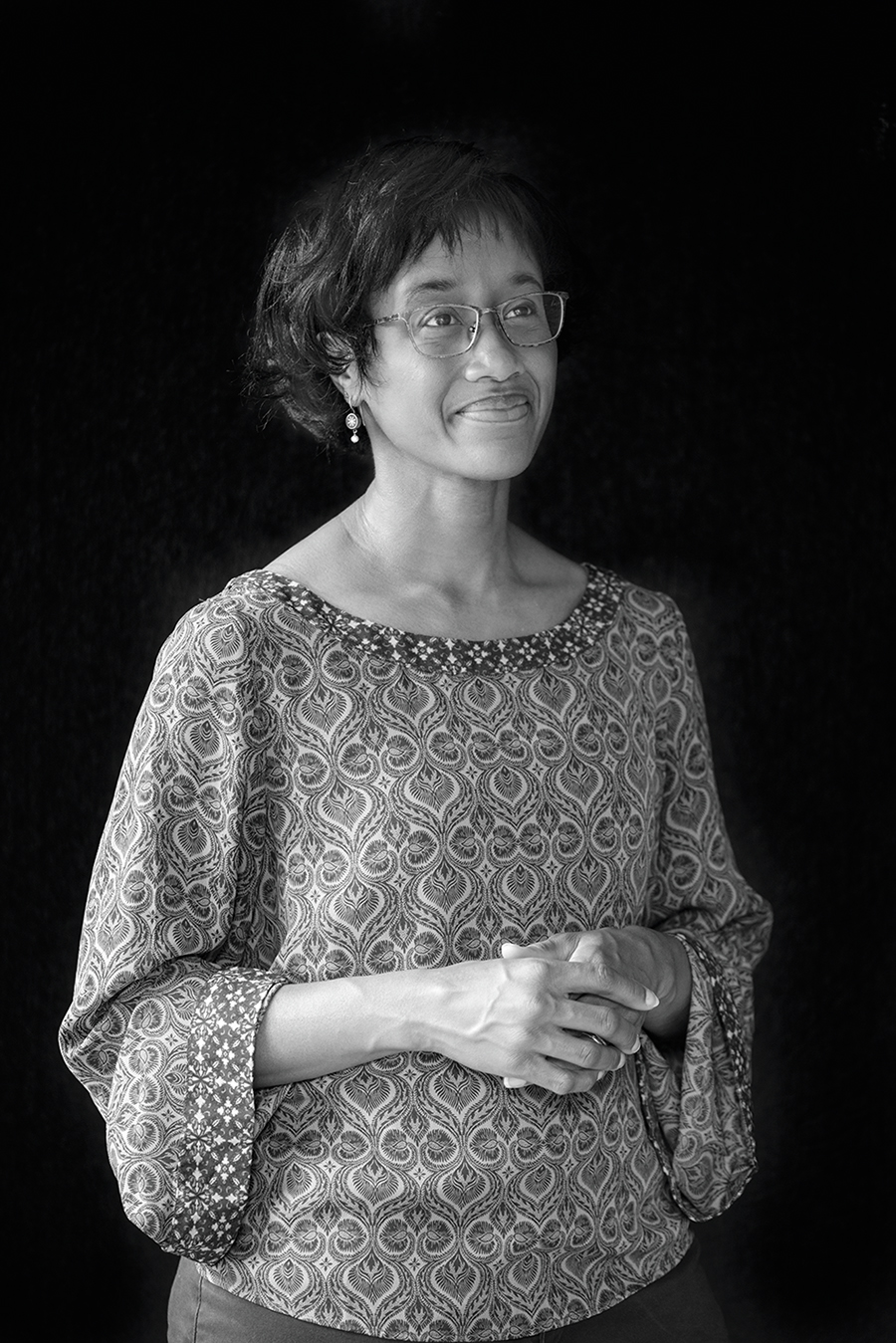
September Krueger’s intricate quilts and silk paintings use subtle, watery colors, delicate stitching, layered images and the unexpected juxtaposition of organic and designed shapes and lines. They honor the natural world: birds and plants, and the environments they share. And they are the work of an artist with a deep appreciation for her subject and her medium.
From an early age, Krueger loved to draw. She studied textiles as an undergraduate in Philadelphia with the idea of becoming a fashion designer, but her graduate work at East Carolina University between 2007 and 2010 opened her eyes to the potential of textiles as an artistic medium, inspiring her to “develop layers of information on woven cloth.”
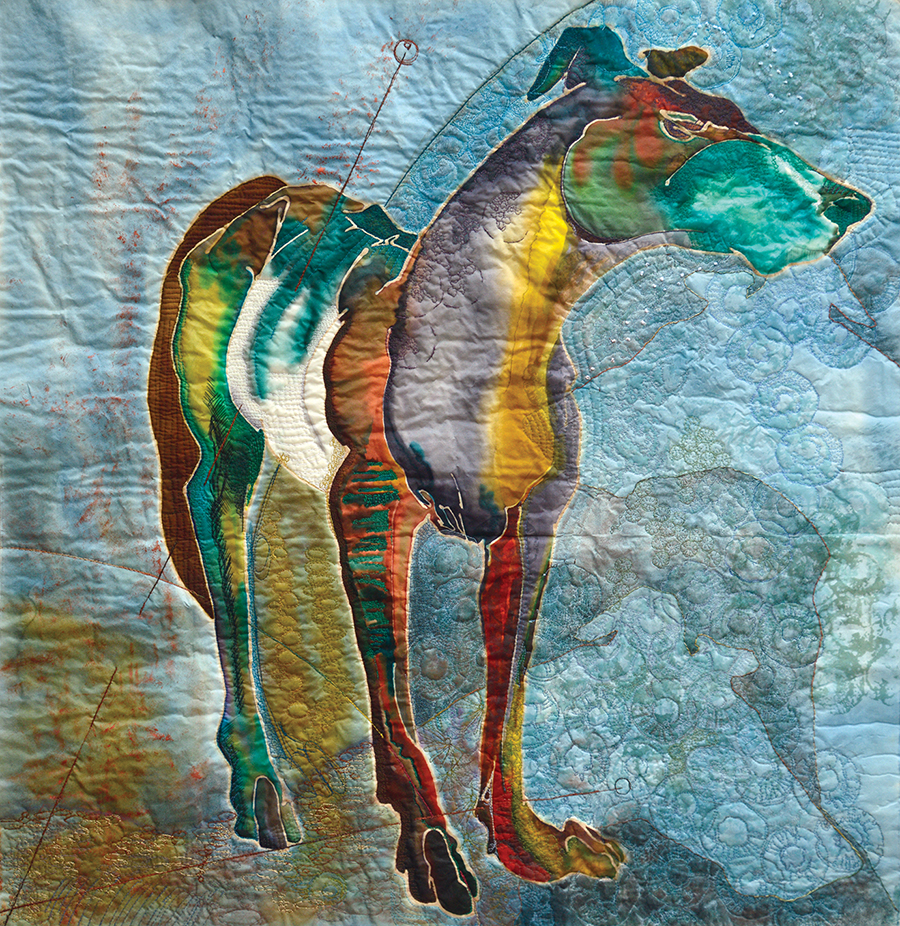
Her 77th Year, painted silk with machine and hand embroidery, 42 x 42
A kimono she made at ECU was the turning point. She was on familiar ground when it came to the sewing and structure of the garment, but found herself pulled in a new direction with the fabric itself and the stories it told. “All of the motifs were of cloth that had been batiked,” says Krueger, referring to the artistic process of using wax-resistant dye to create patterns, “and all of the batiked imagery related to religion, which comes up a lot in thinking about myself and my family.” From that point forward, function took a back seat, she says: “‘Wearable’ became less and less important.”
Krueger uses silk and other fluid fabrics in her work today, enabling her to “build up the surface in so many ways, almost like a collage artist,” often using repeated motifs like a small bird or a leaf. These also show up in her finely wrought woodblock prints.
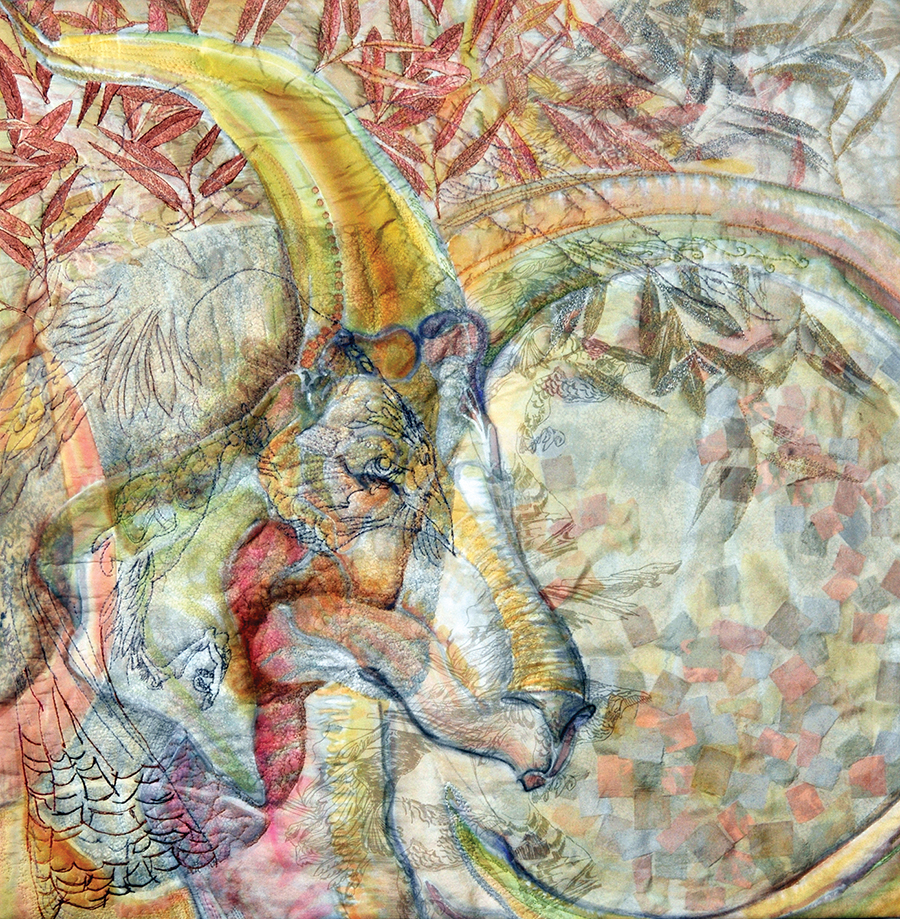
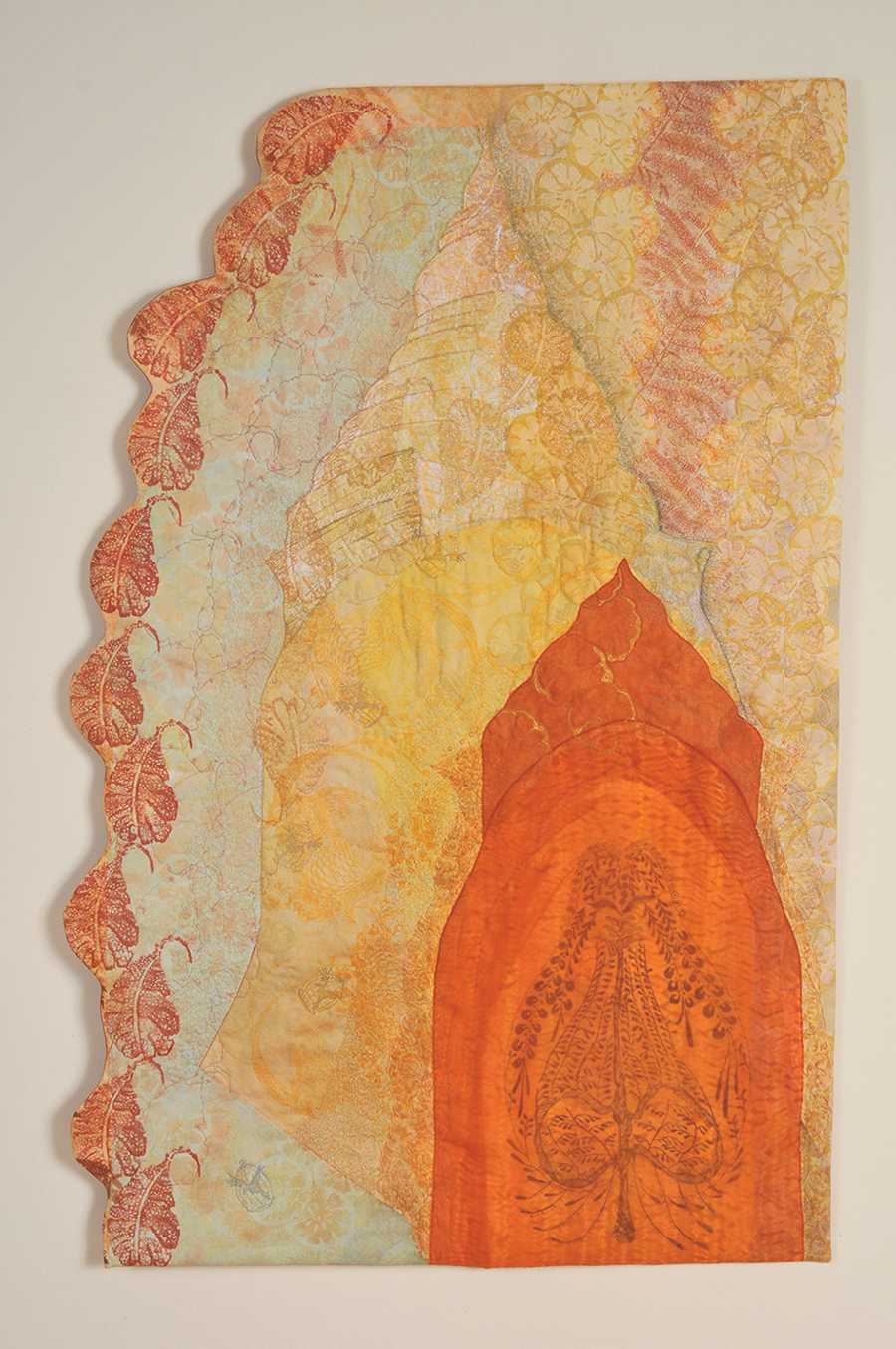
Left: Goatsucker, painted silk with embroidery, 24 x 24
Right: Reward: Reveal, silkscreened on cotton sateen with machine embroidery and organza
Central to Krueger’s artistic calling, she says, is an instinct to share it and use it to build community. As director of lifelong learning at Wilmington’s Cameron Art Museum since 2020, one of her central goals is to open the museum’s offerings to new populations. Paradoxically, she says, the pandemic might have helped with that effort, because people who might not have taken themselves to the museum in ordinary times were compelled to visit virtually. Krueger’s community focus goes beyond Wilmington. In Kinston, for example, she and Anne Brennan, a fellow artist and the executive director of the Cameron Art Museum, designed tile mosaics for installation in Kinston Music Park. They were inspired by the work of iconic North Carolina artist Romare Bearden, known for his work in collage, and created it together with the young women of a community development organization called The Gate.
In addition, Krueger’s work as head of the art department at Southeastern Community College, where she has been a teacher since 2011, takes her to nearby Whiteville regularly. “I found a community immediately here in Wilmington, between the university and the community college. I found that there are outstanding artists in our community college system,” Krueger says. “And I also met people who were at different stages of life and were going back to study and figure out what they might want to do . . . Art connects them all.” OH
This is an excerpt from Art of the State: Celebrating the Art of North Carolina, published by UNC Press.

